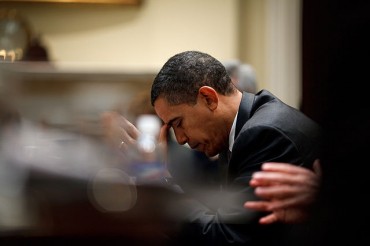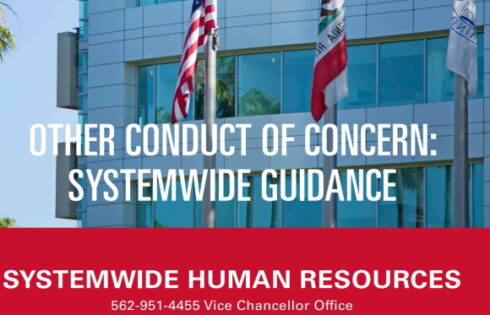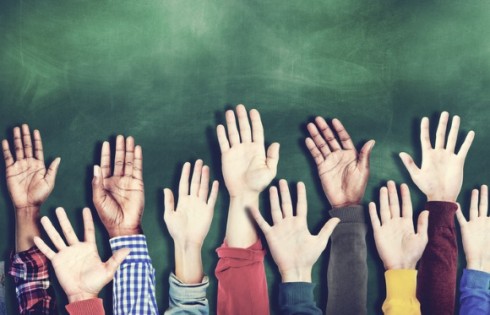
Glenn Reynolds writes in the NY Post about the economic and social fallout from the student debt crisis in the U.S.
The country has a serious student-debt problem, and also a student-loan problem. But they’re two different things.
The student-debt problem is that too many students are borrowing too much money to finance educations that won’t earn them enough to repay the loans. This leads to misery.
A recent Wall Street Journal story noted that many students are postponing marriage, children and home-buying because of the difficulty — in some cases, the impossibility — of keeping up student-loan payments.
This is bad for them and the economy, because they won’t be available to soak up the excess houses built during the housing bubble, which also was fueled by cheap government loans.
If they postpone having kids, fewer taxpayers will exist to fund Social Security and other programs in a few decades.
If these younger people had gone into debt flipping houses in 2005, they’d be able to declare bankruptcy and get a fresh start — but the law doesn’t allow that.
Student-loan debt is treated like child support, meaning that it’s almost impossible to get out of. People who paid six-figure sums to universities that happily pocketed the money in exchange for gender-studies degrees that would never produce a job are now debt slaves, like the coal miners in Tennessee Ernie Ford’s “Sixteen Tons.”
Although 37 million adults owe student loans, only 39 percent are actually paying down balances. Some 5.4 million have at least one loan past due; loans totaling $270 billion are at least 30 days delinquent.





Please join the conversation about our stories on Facebook, Twitter, Instagram, Reddit, MeWe, Rumble, Gab, Minds and Gettr.